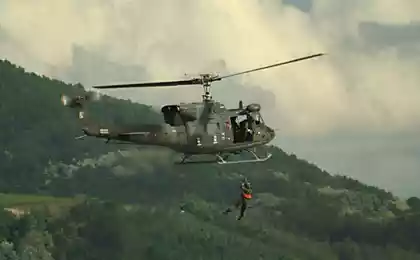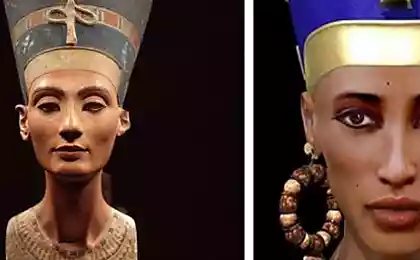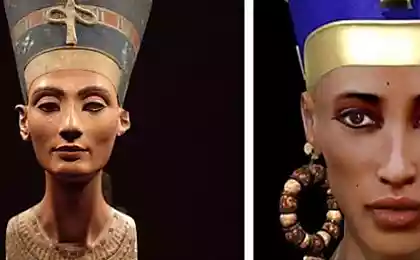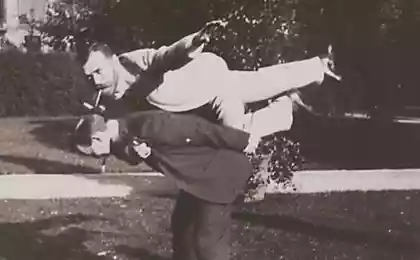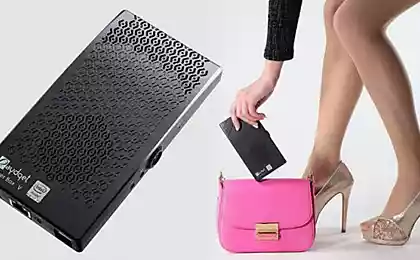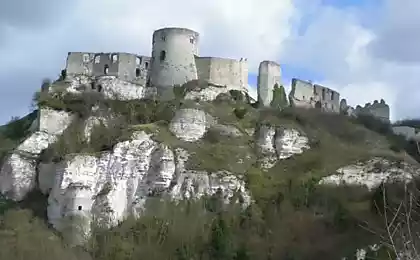1002
Genuine remains of Richard III
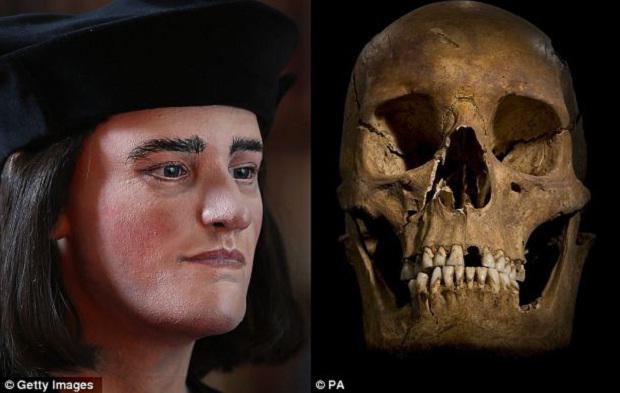
Archaeologists have confirmed that human remains found under the city car park in Leicester are those of the legendary King Richard III, who died in battle in 1485 godu.
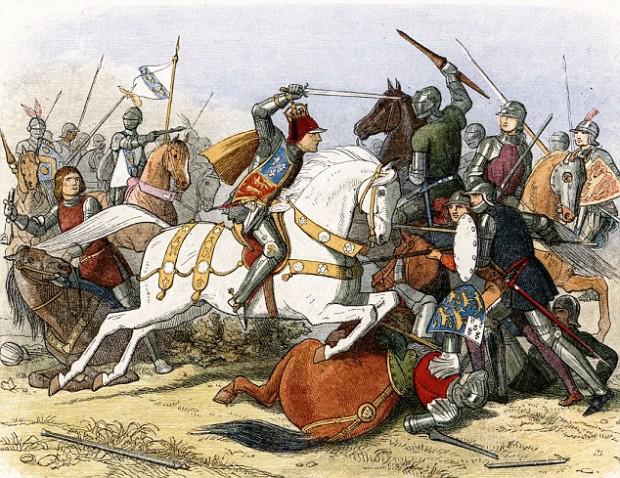
The discovery, which will force a rewriting of textbooks of English history, it was confirmed on the basis of DNA analysis, after investigators found his living descendants. Researchers from the University of Leicester showed that the remains were traces of ten injuries inflicted by Richard shortly before his smerti.
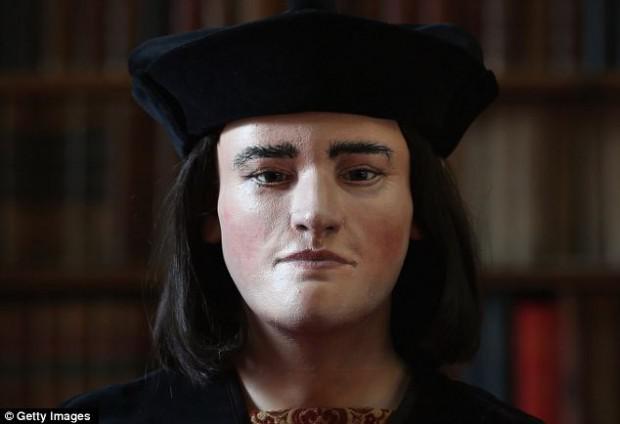
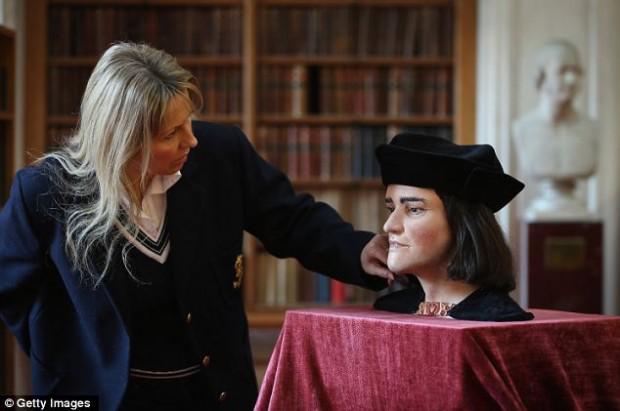
More appalling, however, are injured, testifying to the humiliation undergone by the monarch before his death. Experts identified several head injuries (the skull was cut), chest trauma and pelvic bones, which suggests that King impaled before his death.
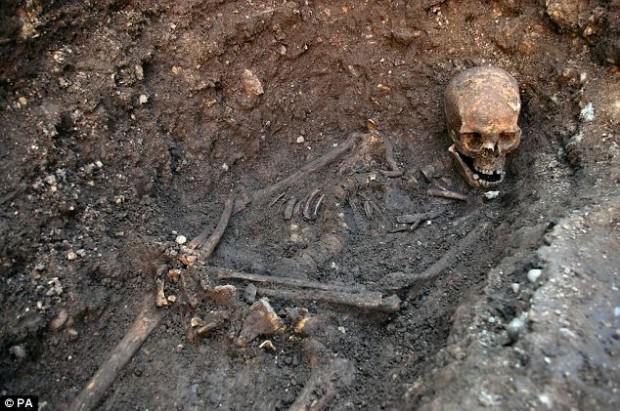
Before that, it was reported that found the skeleton belonged to a man who at the time of death was 25-35 years. Richard was 32 when he died. Recently published pictures also show a distinctive curvature of the spine. Shakespeare immortalized by Richard III, as the hunchback king.
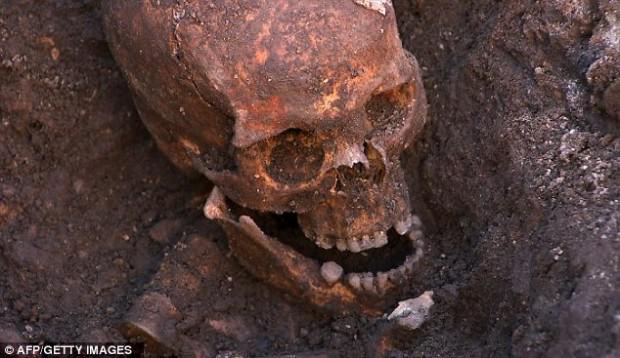
Referring to the 140 journalists who have come from around the world to announce the results of DNA tests, a leading archaeologist of the University Richard Buckley said that the remains of "beyond reasonable doubt" belongs to Richard III: «We have come to the conclusion that the man exhumed in August 2012 indeed King Richard III, the last representative of the male line Plantagenet on the English throne. This discovery is truly amazing and can be one of the greatest archaeological discoveries of recent times. "

Richard, William Shakespeare depicted as a monstrous tyrant who killed the two princes in the Tower of London, was killed at the Battle of Bosworth with Henry Tudor in 1485. According to historical records, his body was brought to Leicester is 15 miles from the site of the battle, where the slain monarch was presented as proof of death. Then his body was buried in the Franciscan monastery.

The team from the University of Leicester conducted excavations at the site of the old church and its surroundings, including the place where he was buried Richard III. They began excavations in the city center in August last year and soon found a well-preserved skelet.
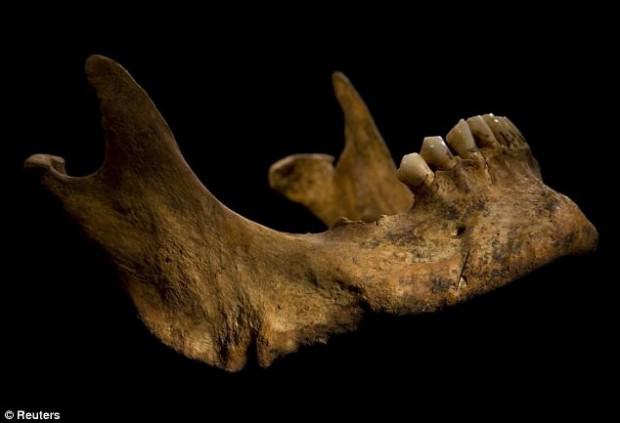
He lay in a rough grave, hands crossed on his chest so that it was clear - they were connected when the man was pohoronen.
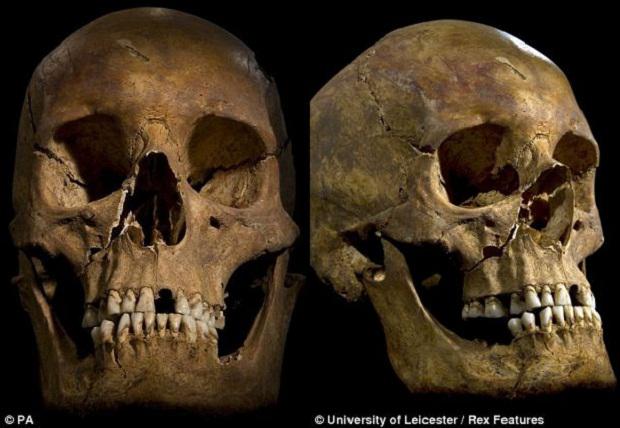
Even to the untrained eye, it was obvious that the man, whose remains were found, was heavily curved spine, as well as the injured back of the head. But archaeologists did not dare make public statements until the skeleton was subjected to a series of tests.
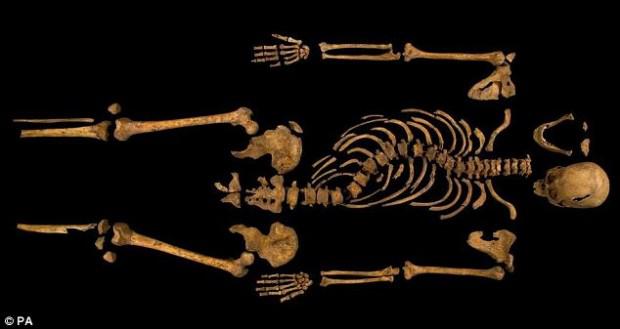
Speaking at a press conference at the University of Leicester, a geneticist Dr Turi King told investigators traced the descendants of Richard, to confirm that the remains really belong to the king. Samples for analysis were taken from the family of Richard III, one of which is a 55-year-old Londoner Michael Ibsen, whose mother died in 2005, was a direct descendant of Anne of York, eldest sister of the king, and the second man, who wished to remain anonymous.
Source: fedpost.ru/sobytiya/41358-velichajshee-otkrytie-veka-arxeologi-dokazali-chto-nashli.html




